

1080, or sodium fluoroacetate, is a poison used to control pest species. It is the salt form of a naturally occurring toxin found in poisonous plants in South America, Africa and Australia. New ...
READ MORE

New Zealand uses 1080 to control introduced pests. Decades of research show that 1080 degrades quickly in water and soil. There are also regulations that protect drinking water supplies. There ...
READ MORE

Aotearoa New Zealand has one of the highest cat ownership rates in the world. Nearly 40% of households have at least one cat – for the most part, we’re fond of our cats. Unfortunately, domestic ...
READ MORE

Aotearoa New Zealand has a lot of cats! Forest & Bird reports we have: 1,134,000 companion cats 196,000 stray cats millions of feral cats – there’s no data on feral cat abundance but this is ...
READ MORE

Should cats be allowed to roam freely? It’s an emotive question with lots of underlying factors. For example, are we talking about cherished cats or feral cats – pets or pests? Does this matter ...
READ MORE

Be part of a worldwide movement and use Global Earth Challenge to submit or classify photos to help our planet’s environment and human health. Global Earth Challenge is a citizen science campaign ...
READ MORE
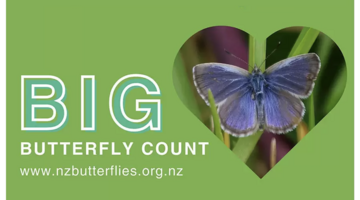
This New Zealand-based citizen science project collects data about butterflies in our gardens, schools, parks and farms – any location in the country or on the outer islands. This annual event – ...
READ MORE
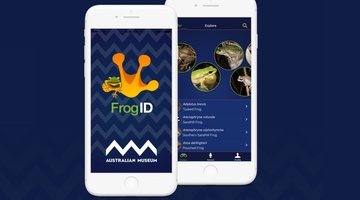
FrogID is an Australian app that uses audio of frogs’ unique calls to identify various species and their locations. We can use it in Aotearoa New Zealand to record the location of introduced ...
READ MORE
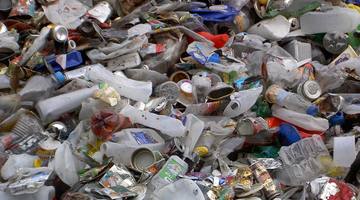
Below are links to Science Learning Hub resources for primary teachers related to recycling and biodegradability in the Material World strand of the New Zealand Curriculum. Recycling and ...
READ MORE
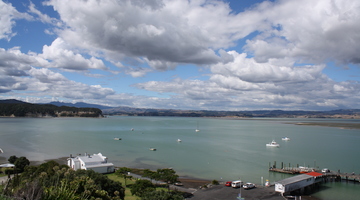
With 75% of New Zealanders living within 10 km of the coast, many students will be familiar with estuaries. In scientific terms, estuaries are the interface between the land and the sea – the ...
READ MORE

Conservation is about our natural environment and the plants, animals and birds that live in our very own backyards, school playgrounds, local parks and reserves. Nature is all around us ...
READ MORE
Immediately following the grounding of the Rena on the Astrolabe Reef, the Bay of Plenty Polytechnic and the University of Waikato formed a marine response team. This team surveyed local marine ...
READ MORE
Researcher Lorraine Dixon describes what a cultural indicator is and why they are important to Māori. The depletion of taonga species, for example, is an indicator recognised by Māori that ...
READ MORE
The Ake Ake model is a pictorial mapping of someone’s perspective. Researcher Lorraine Dixon uses the model to encourage iwi to share their views including values and possible issues around ...
READ MORE

This timeline explores the history and science of mammalian pest control in New Zealand. A full transcript is underneath the timeline.
READ MORE
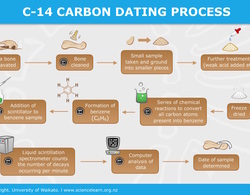
Historical artefacts like moa bones can be dated using a technique that measures the activity of the radioisotope carbon-14 still present in the sample. By comparing this with a modern standard ...
READ MORE

This interactive timeline highlights how students investigating the Oruarangi Stream engaged with the nature of science.
READ MORE